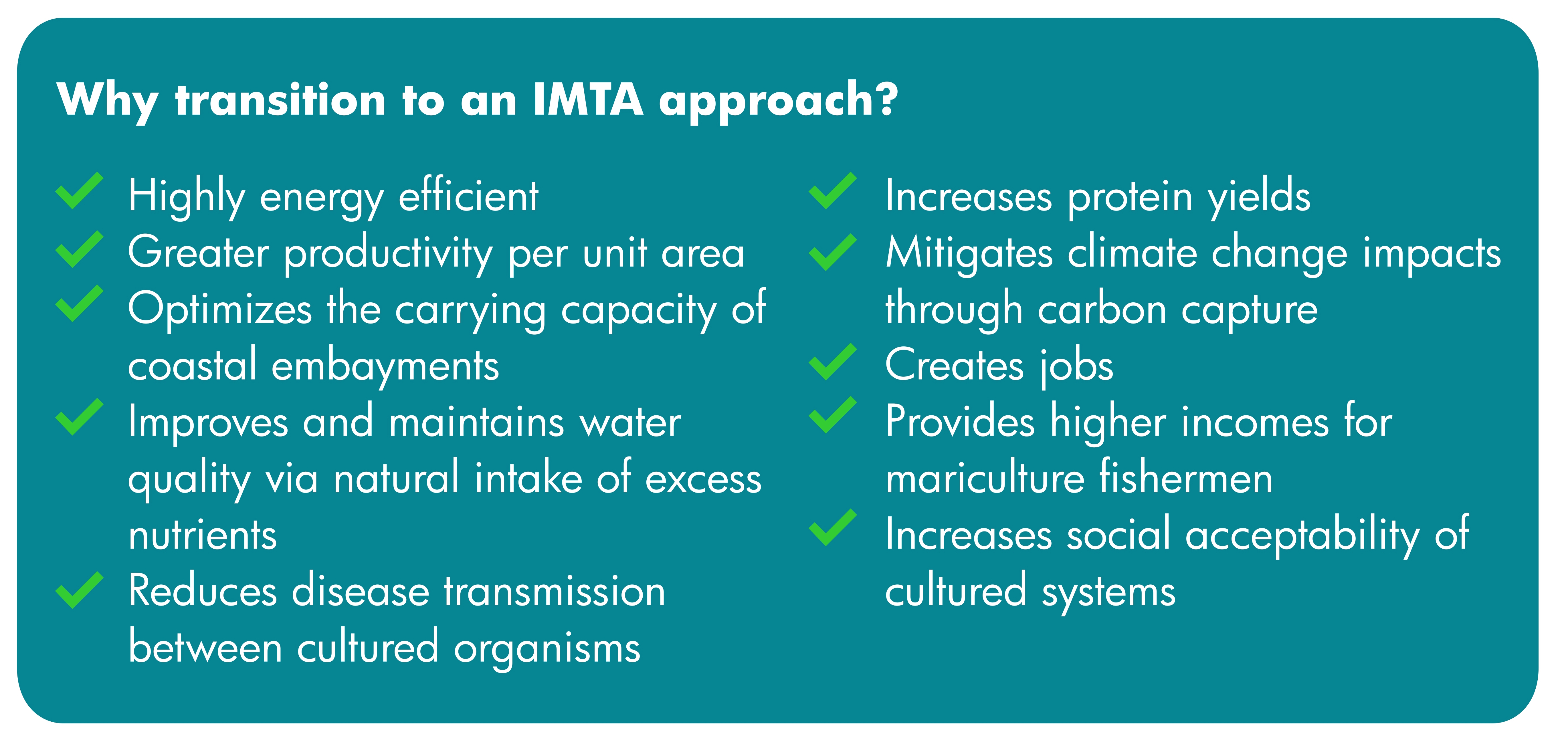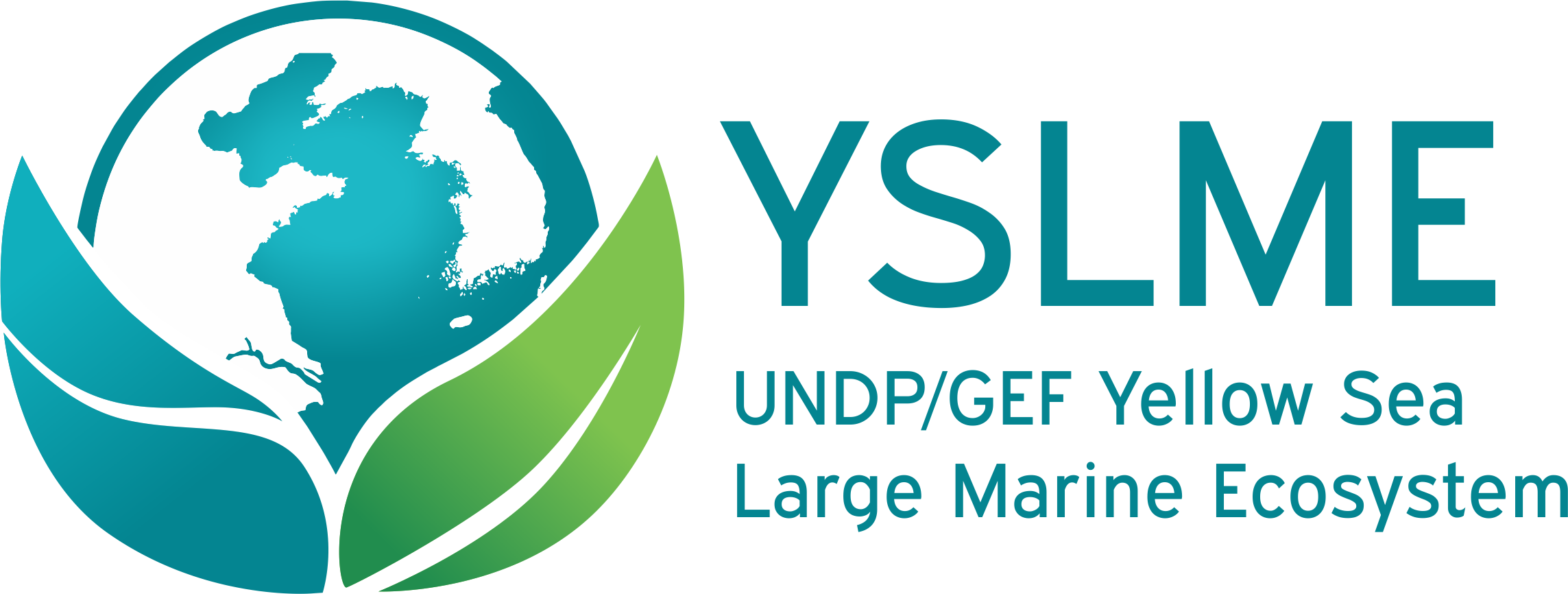Background
According to FAO, aquaculture represented 47% of the total global fish production in 2016. However, although aquaculture has been satisfying growing seafood demand, standard monoculture fish farming is not sustainable for the following reasons:
- Majority of aquaculture farms rely on a single species
- Lack of suitable cultivation areas and increased proximity of farms leads to falling productivity per unit due to: (i) increased disease transmission and competition for food and (ii) increased levels of organic waste which causes eutrophication and dead zones where no aquatic life can survive
- Standard practices cannot meet expected 60% increase in global seafood consumption over the next decade
Shifting Towards Integrated Multi-trophic Aquaculture
Integrated Multi-trophic Aquaculture (IMTA) is based on the Ecosystem Carrying Capacity of an area, where species from different trophic levels are cultivated in a way that produces more food and increases incomes of coastal communities while ensuring generated nutrients are recycled naturally.

IMTA structure (© Fang et al.)

Our Work to Scale up IMTA Across the Yellow Sea
The YSLME Phase II Project is improving mariculture production and quality in the Yellow Sea in the following ways. A Sustainable Mariculture Regional Working Group (RWG-M) has been established to assist in this process.
- Supported the development of Good Aquaculture Practices (GAP) for IMTA to standardize approaches and allow for easy replication
- Created IMTA training modules (now available in Chinese)
- Promoting the use of ecosystem carrying capacity of farmed species as a management principle for sustainable mariculture
- Successfully replicating IMTA in coastal areas of RO Korea
- Promoting and applying IMTA in Dalian, Weihai and Haiyang of Shandong Province, PR China
Related News
Improving the livelihoods of communities sharing the Yellow Sea, 20 November 2018
Training on IMTA held for mariculture operators in Rongcheng City of Shandong Province, May 2018










